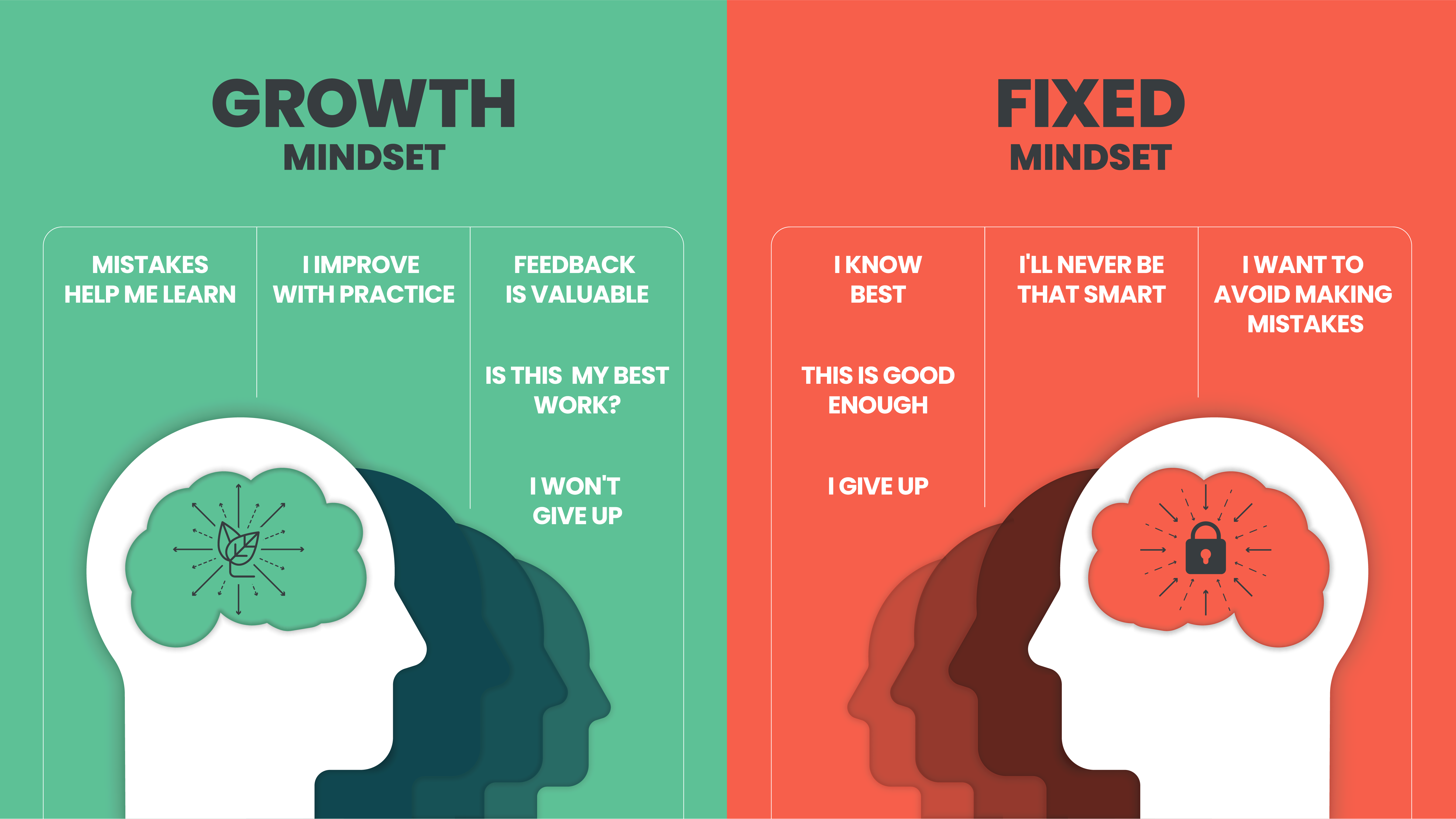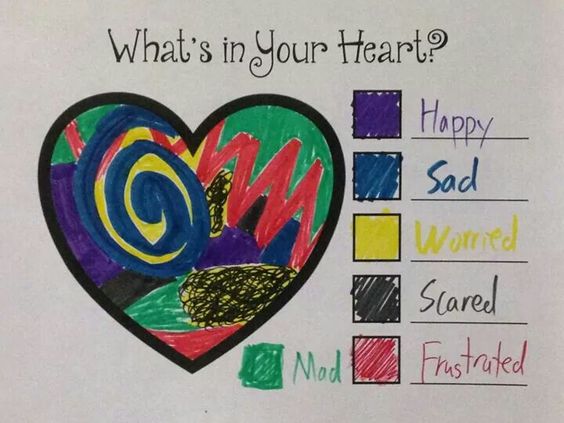Unlock Emotional Growth with Art Therapy Worksheets

Art therapy, a form of expressive therapy that uses the creative process of making art to improve a person's physical, mental, and emotional well-being, has proven to be an invaluable tool for those looking to unlock emotional growth. While the process itself is deeply therapeutic, the use of structured worksheets can guide individuals through targeted exercises that encourage introspection, self-awareness, and healing. In this long-form post, we'll delve into how art therapy worksheets can facilitate this journey, offering insights into various worksheets and the benefits they provide.
What is Art Therapy?

Art therapy is rooted in the principle that the creative process involved in artistic expression helps individuals to resolve conflicts, improve mood, manage stress, increase self-esteem and self-awareness, and work through emotional challenges. Unlike traditional talk therapies, art therapy focuses on the non-verbal communication through art, making it particularly effective for those who find verbal expression challenging.
The Role of Art Therapy Worksheets

Art therapy worksheets serve as structured tools designed to focus on particular emotional or psychological themes. These worksheets often include prompts or activities that guide the individual towards:
- Self-discovery - Exploring one’s identity, feelings, and thoughts.
- Emotional Regulation - Learning how to manage and express emotions healthily.
- Problem Solving - Encouraging creative solutions to personal issues.
- Communication - Facilitating the expression of difficult or complex feelings.
Types of Art Therapy Worksheets

Here are several types of art therapy worksheets and their purposes:
1. Emotional Check-in Worksheets

These worksheets encourage individuals to visually represent their current emotional state. They might include:
- A scale where users place themselves based on how they feel.
- Drawing prompts to depict emotions through symbols, colors, or abstract forms.
2. The Inner Critic vs. Inner Supporter

This worksheet focuses on internal dialogue, helping individuals recognize and respond to negative self-talk:
| Inner Critic | Inner Supporter |
|---|---|
| “You can’t do anything right.” | “You did your best today, and that’s commendable.” |
| “No one will ever like you.” | “People value you for who you are.” |

3. The Tree of Self

One draws a tree, each part symbolizing different aspects of their life:
- Roots: Family, heritage, and values.
- Trunk: Personal strengths and support systems.
- Branches: Goals, aspirations, and the future.
Participants color or decorate their tree to reflect their emotional state or areas for growth.
4. Mandala Creation

Mandalas are circular designs symbolizing wholeness and unity. Creating a mandala can be a meditative exercise, promoting relaxation, focus, and self-expression.
5. Emotion Palette

Participants are asked to choose colors that represent different emotions they are feeling, and then use those colors to create a painting or collage. This helps to externalize internal states and provide visual insight into emotional complexity.
Benefits of Using Art Therapy Worksheets

- Structured Process - Worksheets provide a structured pathway for emotional exploration, which can be less intimidating than open-ended art-making.
- Self-Paced Reflection - The process can be done at one’s own pace, allowing for deep introspection.
- Communication of Difficult Emotions - Visual representation can often convey what words cannot.
- Measurable Progress - By revisiting worksheets over time, individuals can see tangible signs of growth.
Implementing Art Therapy Worksheets at Home or in Therapy

Whether used in a professional setting or at home, implementing these worksheets can:
- Start with setting clear intentions for the art therapy session.
- Choose or design worksheets that address current needs or issues.
- Create a safe, non-judgmental space for expression.
- Reflect on the process and outcomes with guidance or self-reflection.
🧡 Note: Art therapy isn't a replacement for professional therapy. It's a complementary tool that should be used alongside other therapeutic approaches when necessary.
To wrap up, art therapy worksheets are invaluable tools in the journey of emotional growth. They provide a framework for self-discovery, emotional regulation, and problem-solving through a creative and expressive process. By engaging with these tools, individuals can unlock insights into their emotional landscape, foster resilience, and cultivate a deeper understanding of themselves. Remember, the beauty of art therapy lies in its adaptability to fit the individual’s unique path, making it a universal approach to mental health and well-being.
What makes art therapy effective?

+
Art therapy is effective because it taps into non-verbal communication, which can bypass the limitations or inhibitions of verbal expression. It also encourages the development of self-awareness and can be particularly therapeutic for emotional and psychological issues.
Can art therapy help with anxiety?

+
Yes, art therapy can significantly help with anxiety by providing a means to externalize internal stress and emotions, thus offering a form of cathartic release and visual feedback on one’s emotional state.
Is there any age restriction for art therapy?

+
Art therapy has no age restrictions. It is used from childhood to elder years as a means of expression and emotional exploration.



